Group leader: Michał Horodecki
The group New Quantum Resources II deals with a broad spectrum of topics, related to such resources as nonlocality/contextuality, entanglement, randomness, athermality, and others.
Activity
Specific research tasks of the group include:
1) Quantum open systems and quantum thermodynamics
a. Open problems on Thermal Operations
b. Efficiencies of engines based on Thermal Operations
c. The notion of work in micro regime; quantum batteries
d. Dynamical description of thermal quantum machines in various systems, including solar cells, thermoelectric generators, life-harvesting systems
e. Thermodynamics with explicit battery; fluctuation relations
f. Study limitations of Markovian evolution in thermodynamical context
2) Resources for quantum computing:
a. Contextuality/nonlocality, their relation to quantum speedup (in collaboration with NRQ)
b. Quantum gates, t-designs, random circuits.
c. POVMs – their power versus von Neumann measurements and application to quantum algorithms
3) Quantum communication:
a. Port based teleportation – various variants, related group representation problems
b. Quantum error correction
c. Randomness amplification/extraction, secret key extraction (in collaboration with NRQ)
4) Bell inequalities
a. Employing graph theoretic tools
b. Large violation
Group members
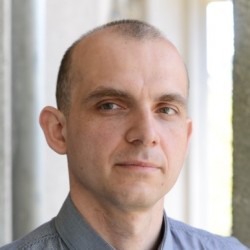
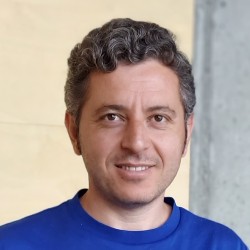
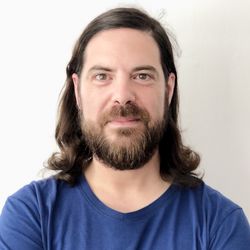
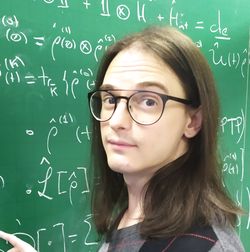

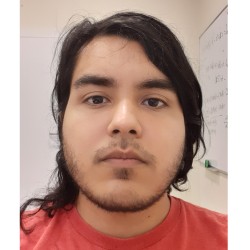

Former members
Borhan Ahmadi (post-doc in 2023-2025), Ankit Kumar (post-doc in 2023-2024), Tanmoy Biswas (PhD student in 2019-2023), Marek Winczewski (PhD student in 2019-2023,post-doc in 2023), Paweł Mazurek (post-doc in 2019-2023), Marcin Łobejko (post-doc in 2021-2023), Idriss Ngueya Nkouatchoua (student in 2021-2023), Borhan Ahmadi (research assistant in 2020-2021)